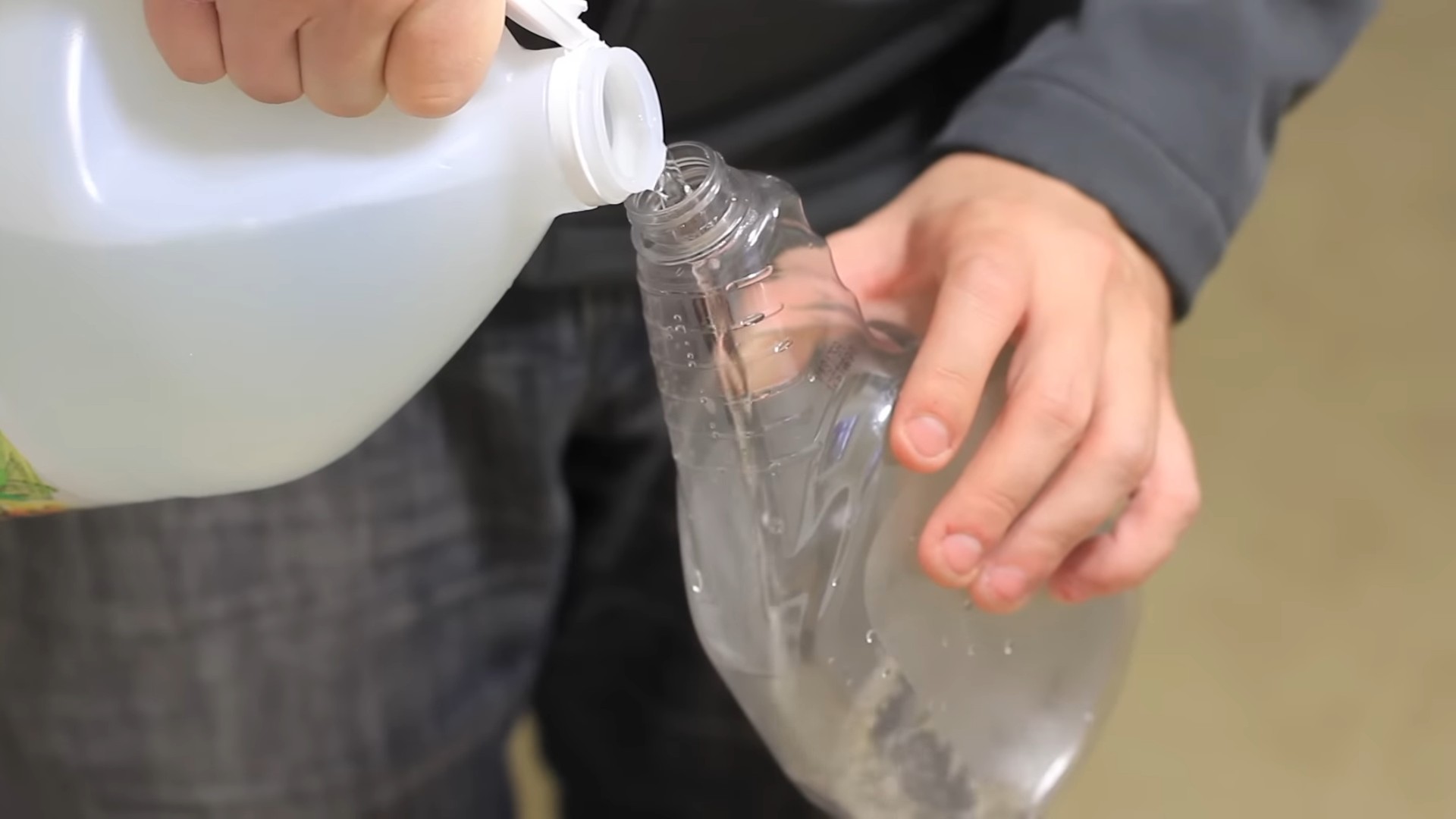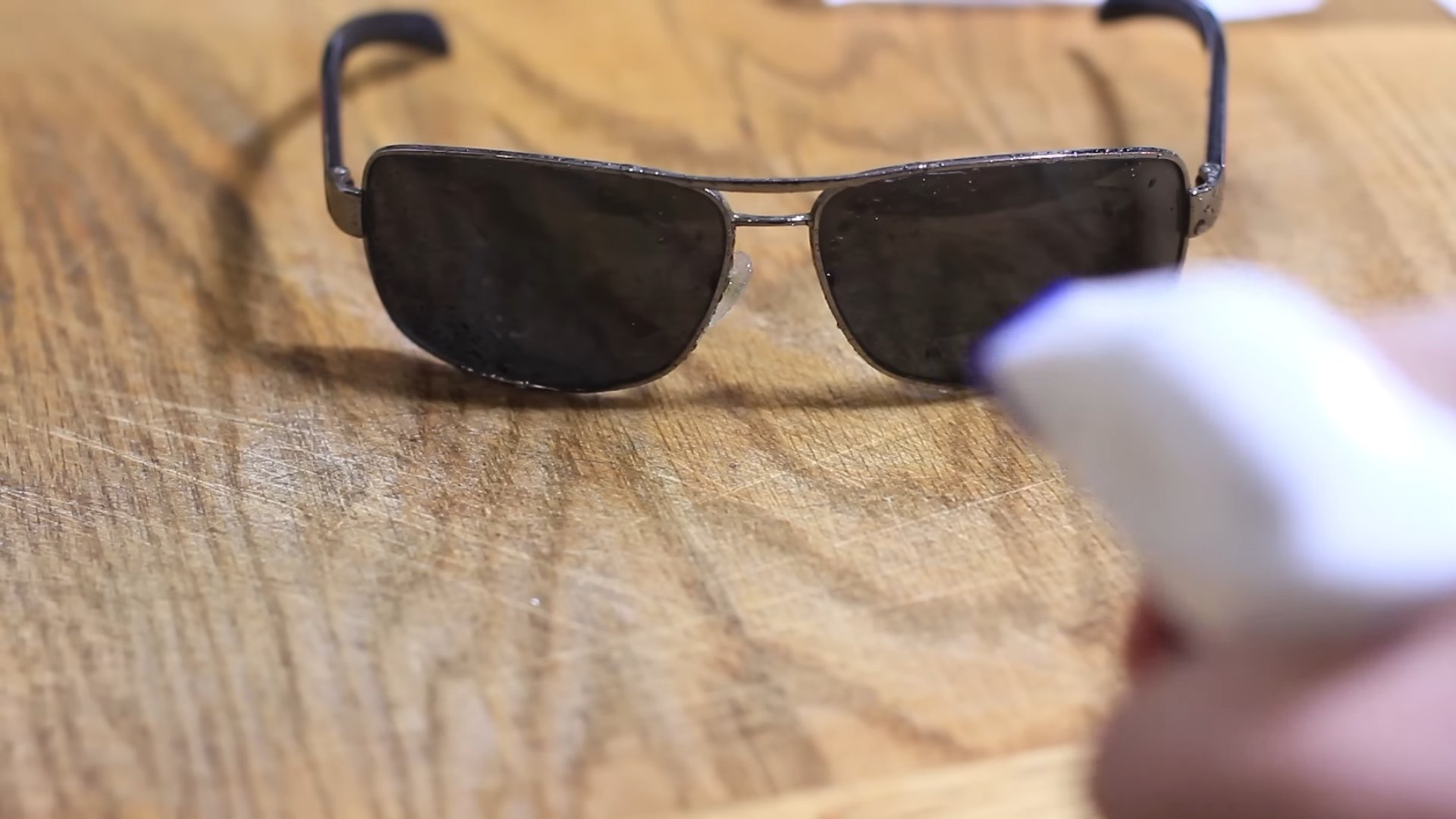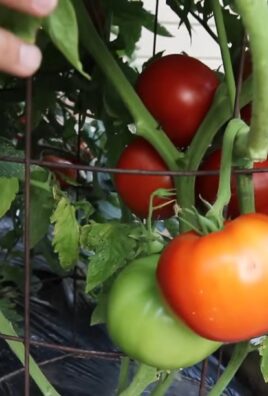Grow French Beans like a pro, even if you’re a complete beginner! Have you ever dreamed of stepping outside your back door and harvesting a basketful of crisp, delicious French beans, ready to be steamed, sautéed, or added to a vibrant salad? I know I have! And let me tell you, it’s easier than you think. This isn’t just about planting seeds; it’s about unlocking the secrets to a thriving bean patch, right in your own backyard.
For centuries, French beans, also known as string beans or snap beans, have been a staple in gardens and kitchens worldwide. Their cultivation dates back to ancient civilizations in the Americas, and they’ve since become a beloved vegetable in countless cultures. But sometimes, getting those perfect, plump beans can feel like a challenge. That’s where these DIY tricks and hacks come in!
Let’s face it, store-bought beans just don’t compare to the taste and satisfaction of homegrown produce. Plus, knowing exactly where your food comes from and how it’s grown is a huge win. I’m going to share some simple, yet effective, techniques that will help you grow French Beans successfully, even if you have limited space or a less-than-green thumb. Get ready to ditch the grocery store beans and enjoy the freshest, most flavorful harvest you’ve ever tasted!

DIY: From Seed to Supper – Growing French Beans in Your Backyard
Okay, so you want to grow French beans? Awesome! It’s a super rewarding experience, and honestly, fresh, homegrown beans taste a million times better than anything you’ll find in the supermarket. I’m going to walk you through everything you need to know, from choosing the right variety to harvesting your delicious crop. Let’s get started!
Choosing Your French Bean Variety
First things first, you need to decide what kind of French bean you want to grow. There are two main types: bush beans and pole beans.
* Bush Beans: These are compact and don’t need any support. They’re perfect if you have limited space or don’t want to bother with trellises. They produce a large harvest all at once, which is great for canning or freezing. Popular varieties include ‘Provider’, ‘Blue Lake Bush’, and ‘Contender’.
* Pole Beans: These are climbers and need a trellis or other support to grow on. They produce beans over a longer period, so you’ll have a steady supply throughout the season. They also tend to be more productive overall. Great pole bean varieties are ‘Kentucky Wonder’, ‘Romano’, and ‘Blue Lake Pole’.
I personally love pole beans because they look so pretty climbing up a trellis, and I enjoy having a continuous harvest. But bush beans are definitely easier if you’re just starting out.
Preparing Your Garden Bed
French beans need a sunny spot with well-drained soil. They’re not too fussy, but they’ll thrive if you give them a good start.
* Sunlight: Aim for at least 6-8 hours of direct sunlight per day.
* Soil: The soil should be loose and well-draining. If your soil is heavy clay, amend it with compost or other organic matter to improve drainage.
* pH: French beans prefer a soil pH of between 6.0 and 7.0. You can test your soil pH with a kit from your local garden center.
Step-by-Step Soil Preparation:
1. Clear the Area: Remove any weeds, rocks, or debris from the area where you’ll be planting.
2. Loosen the Soil: Use a garden fork or tiller to loosen the soil to a depth of at least 12 inches. This will help the roots penetrate easily.
3. Amend the Soil: Mix in plenty of compost or other organic matter. I usually add a couple of inches of compost to the top of the soil and then work it in. This will improve drainage, add nutrients, and help retain moisture.
4. Level the Soil: Rake the soil smooth and level. This will make it easier to plant your seeds.
Planting Your French Bean Seeds
French beans are warm-weather crops, so you’ll need to wait until the danger of frost has passed before planting. The soil temperature should be at least 60°F (15°C).
* Timing: Check your local frost dates to determine the best time to plant. I usually plant my beans about two weeks after the last expected frost.
* Spacing: For bush beans, plant seeds 2-3 inches apart in rows that are 18-24 inches apart. For pole beans, plant seeds 4-6 inches apart at the base of your trellis or support.
* Depth: Plant seeds about 1 inch deep.
Step-by-Step Planting Instructions:
1. Create Furrows: Use a hoe or your finger to create shallow furrows in the soil, according to the spacing guidelines above.
2. Sow the Seeds: Place the seeds in the furrows, spacing them evenly.
3. Cover the Seeds: Gently cover the seeds with soil and pat it down lightly.
4. Water Thoroughly: Water the area thoroughly after planting. This will help the seeds germinate.
Caring for Your French Bean Plants
Once your beans have sprouted, it’s important to provide them with the right care to ensure a healthy and productive harvest.
* Watering: Water regularly, especially during dry periods. Beans need consistent moisture to thrive. Aim to water deeply once or twice a week, rather than shallowly every day.
* Weeding: Keep the area around your beans free of weeds. Weeds compete with the beans for water and nutrients.
* Fertilizing: French beans don’t need a lot of fertilizer, but a light feeding of a balanced fertilizer can help them grow. I usually use a liquid fertilizer diluted to half strength.
* Support (for Pole Beans): Make sure your pole beans have adequate support to climb on. A trellis, fence, or even a teepee made of bamboo poles will work.
Specific Care Tips:
* Mulching: Apply a layer of mulch around your bean plants to help retain moisture, suppress weeds, and regulate soil temperature. Straw, wood chips, or shredded leaves are all good options.
* Pest Control: Keep an eye out for pests like aphids, bean beetles, and slugs. You can usually control these pests with organic methods, such as hand-picking, insecticidal soap, or diatomaceous earth.
* Disease Prevention: To prevent diseases, avoid overhead watering and ensure good air circulation around your plants. If you notice any signs of disease, such as yellowing leaves or spots, remove the affected plants immediately.
Harvesting Your French Beans
The best part! You’ll be harvesting your own delicious French beans in no time.
* Timing: Harvest your beans when they are young and tender, before the seeds inside become too large. They should be firm and snap easily.
* Frequency: Harvest regularly to encourage continued production. Bush beans will produce a large harvest all at once, while pole beans will produce over a longer period.
* Technique: Gently snap the beans off the plant, being careful not to damage the stems.
Step-by-Step Harvesting Guide:
1. Check for Readiness: Look for beans that are about the size you want them to be and feel firm to the touch.
2. Snap the Beans: Hold the bean stem with one hand and gently snap the bean off with the other.
3. Harvest Regularly: Check your plants every few days and harvest any beans that are ready.
Storing Your French Beans
If you have more beans than you can eat fresh, you can store them in the refrigerator, freezer, or by canning them.
* Refrigerating: Store fresh beans in a plastic bag in the refrigerator for up to a week.
* Freezing: Blanch the beans in boiling water for 2-3 minutes, then plunge them into ice water to stop the cooking process. Drain the beans and freeze them in freezer bags or containers. They’ll keep for up to a year.
* Canning: Follow a tested canning recipe to safely preserve your beans.
Troubleshooting Common Problems
Even with the best care, you might encounter some problems when growing French beans. Here are a few common issues and how to deal with them:
* Poor Germination: If your seeds don’t germinate, it could be due to cold soil, poor-quality seeds, or overwatering. Make sure the soil is warm enough and use fresh seeds. Avoid overwatering, which can cause the seeds to rot.
* Yellowing Leaves: Yellowing leaves can be a sign of nutrient deficiency, overwatering, or disease. Check the soil pH and nutrient levels. Ensure good drainage and avoid overwatering.
* Pest Infestations: Pests can damage your bean plants and reduce your harvest. Monitor your plants regularly and take action to control pests as soon as you see them.
* Disease Problems: Diseases can also affect your bean plants. Prevent diseases by providing good air circulation, avoiding overhead watering, and removing any affected plants.
Enjoying Your Homegrown French Beans
Now for the best part – enjoying the fruits (or rather, vegetables!) of your labor! Fresh French beans are delicious steamed, sautéed, roasted, or added to soups and stews. I love to simply steam them and toss them with a little butter and salt. They’re also great in salads or as a side dish with grilled meat or fish.
Growing your own French beans is a fun and rewarding experience. With a little bit of effort, you can enjoy a bountiful harvest of fresh, delicious beans all season long. Happy gardening!

Conclusion
So, there you have it! Growing your own French beans isn’t just a gardening activity; it’s a gateway to fresher, tastier meals and a deeper connection with the food you eat. This DIY trick, focusing on [mention specific trick from article, e.g., companion planting with marigolds] is a game-changer because it naturally deters pests and promotes healthier, more abundant yields. Forget relying solely on chemical solutions; this method is environmentally friendly, cost-effective, and incredibly rewarding.
Why is this a must-try? Because the difference between store-bought French beans and those you’ve nurtured yourself is undeniable. The flavor is brighter, the texture is crisper, and the satisfaction of harvesting your own produce is simply unmatched. Plus, you know exactly what went into growing them – no hidden pesticides or questionable practices.
But don’t stop there! Experiment with different varieties of French beans. Try bush beans for a compact garden or pole beans for vertical growing. You can also explore different companion plants. Basil, for instance, is another excellent choice for deterring pests and enhancing the flavor of your beans. Consider succession planting, sowing new seeds every few weeks, to ensure a continuous harvest throughout the growing season. And if you’re feeling adventurous, try pickling your excess beans for a delicious and tangy treat that will last through the winter.
We’ve armed you with the knowledge; now it’s time to put it into practice. Grab your seeds, prepare your garden, and get ready to experience the joy of growing your own French beans. We’re confident that you’ll be amazed by the results.
Don’t just take our word for it – try this DIY trick yourself! We’re eager to hear about your experiences. Share your photos, tips, and challenges in the comments below. Let’s build a community of French bean enthusiasts and learn from each other’s successes (and even the occasional setback!). Happy gardening!
Frequently Asked Questions (FAQs)
What are the benefits of growing my own French beans compared to buying them from the store?
Growing your own French beans offers several advantages. Firstly, you have complete control over the growing process, ensuring that your beans are free from harmful pesticides and chemicals. This results in a healthier and more natural product. Secondly, homegrown French beans often have a superior flavor and texture compared to store-bought varieties, which can lose freshness during transportation and storage. Finally, gardening is a rewarding and therapeutic activity that connects you with nature and provides a sense of accomplishment. You also save money in the long run!
What is the best time of year to plant French beans?
French beans are warm-season crops, so the best time to plant them is after the last frost in spring, when the soil has warmed up to at least 60°F (15°C). In most regions, this is typically between May and July. You can extend your harvest season by succession planting, sowing new seeds every 2-3 weeks. Check your local climate and planting guides for specific recommendations based on your region.
How much sunlight do French beans need?
French beans require at least 6-8 hours of direct sunlight per day to thrive. Choose a sunny location in your garden where they will receive ample sunlight throughout the day. If you live in a particularly hot climate, some afternoon shade can be beneficial to prevent the plants from overheating.
What kind of soil is best for growing French beans?
French beans prefer well-drained soil that is rich in organic matter. Amend your soil with compost or well-rotted manure before planting to improve its fertility and drainage. The ideal soil pH for French beans is between 6.0 and 7.0. Avoid heavy clay soils, as they can become waterlogged and inhibit root growth.
How often should I water my French beans?
Water your French beans regularly, especially during dry periods. Aim to keep the soil consistently moist but not waterlogged. Water deeply at the base of the plants, avoiding wetting the foliage, which can increase the risk of fungal diseases. Mulching around the plants can help retain moisture in the soil and suppress weed growth.
What are some common pests and diseases that affect French beans, and how can I prevent them?
Common pests that affect French beans include aphids, bean beetles, and slugs. Diseases include bean rust, powdery mildew, and anthracnose. To prevent these problems, practice good garden hygiene, such as removing plant debris and weeds. Companion planting with marigolds or basil can help deter pests. Ensure good air circulation around the plants to prevent fungal diseases. If pests or diseases do occur, treat them promptly with organic pest control methods or fungicides.
How do I know when my French beans are ready to harvest?
French beans are typically ready to harvest about 50-60 days after planting. The pods should be firm, crisp, and snap easily when bent. Harvest them regularly to encourage continued production. Overripe beans will become tough and stringy.
Can I grow French beans in containers?
Yes, French beans can be successfully grown in containers, especially bush bean varieties. Choose a large container with good drainage holes and fill it with a high-quality potting mix. Provide adequate sunlight and water, and fertilize regularly.
What are some good companion plants for French beans?
Good companion plants for French beans include marigolds, basil, rosemary, and nasturtiums. These plants can help deter pests, attract beneficial insects, and improve the overall health of your bean plants. Avoid planting French beans near onions or garlic, as they can inhibit their growth.
How can I save seeds from my French beans for next year?
To save seeds from your French beans, allow some of the pods to mature fully on the plant until they are dry and brown. Remove the seeds from the pods and store them in a cool, dry place in an airtight container. Label the container with the variety and date. These seeds can be used to grow new plants the following year.




Leave a Comment